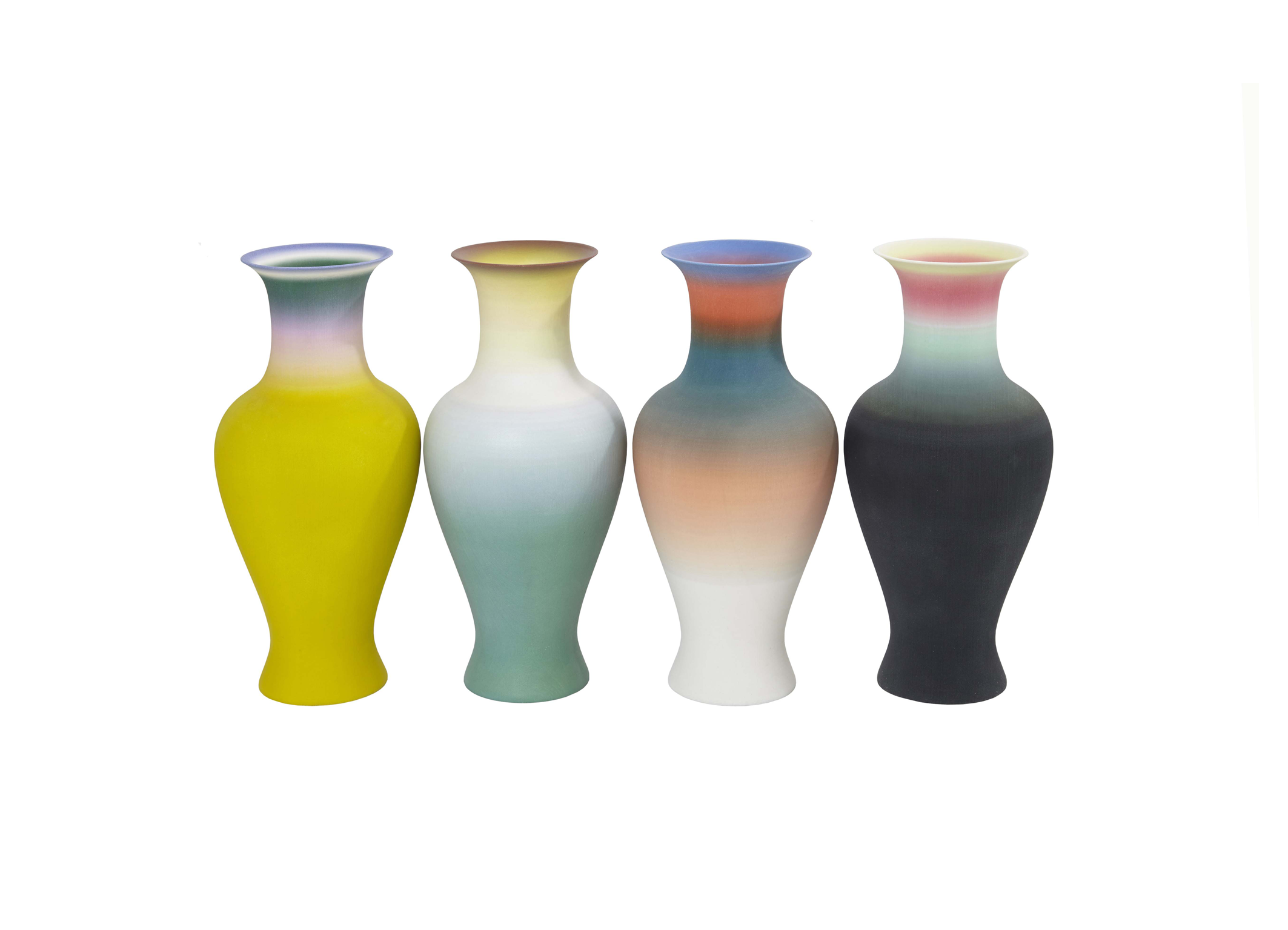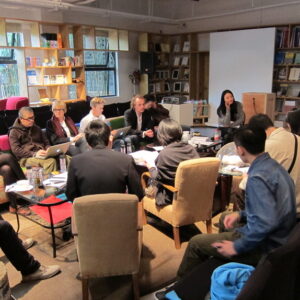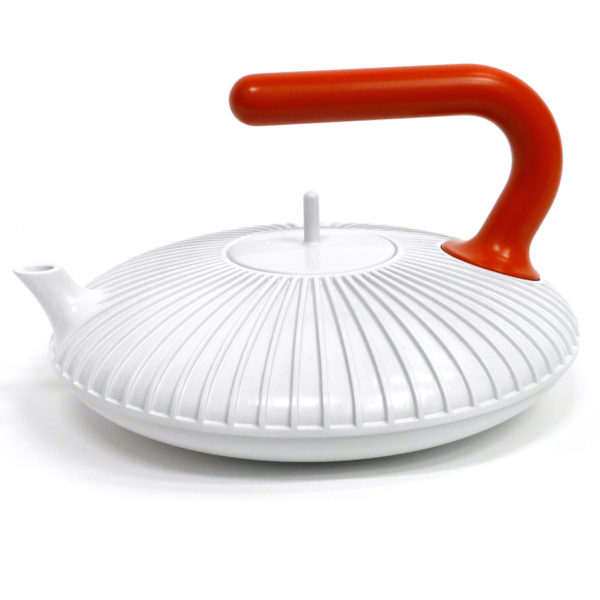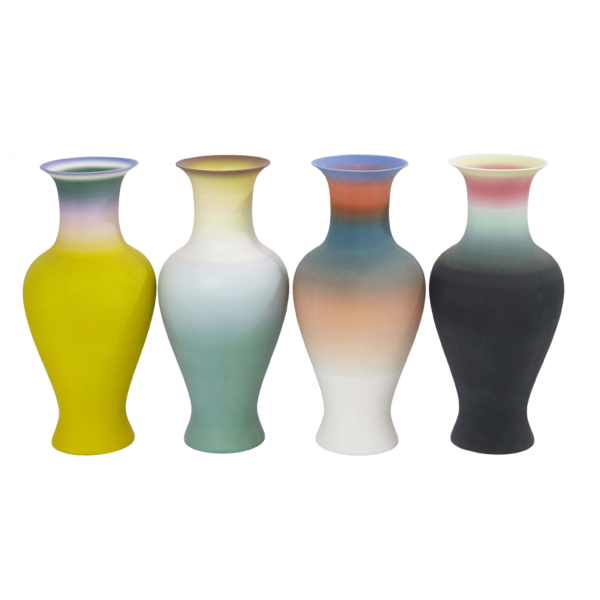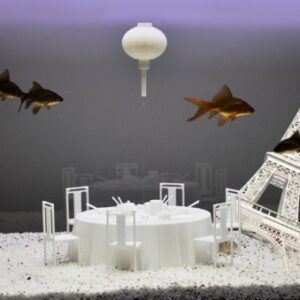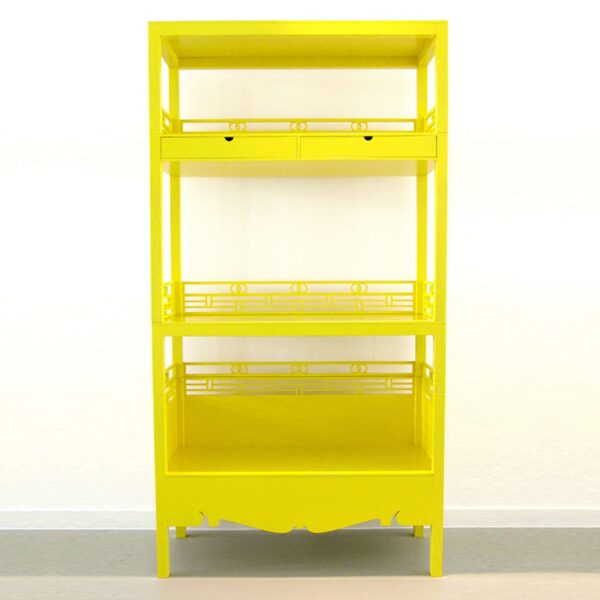The New Original: lessons from China
From fake Van Goghs to replica towns, China is famous for its flawless copying. With the onset of cheaper copy factories in neighbouring countries, the nation has been undergoing a shift. It wants to shed its “Made in China” reputation, and, in the spirit of the Western ideal, rise as a creative power.
But ripped-off goods in China are not always exact replicas. Chinese pirated brands and imitation goods often introduce novelty by adding a feature, and upgrade or other special adaptation. Copying can be seen as a legitimate part of the design process. Copying can lead to innovation.
We partnered with Today Art Museum, Beijing, and OCT Art and Design Gallery, Shenzhen and launched this project in 2011. With Studio Droog, Richard Hutten, Ed Annink, Stanley Wong and Urbanus, we went to Shenzhen, the epicentre of copycat culture, with the intent to copy China. We visited replica towns, painting villages and copy factories, and participated in public debates on the topic in Shenzhen and Guangzhou.
The result is a collection of 26 works. From a classic Chinese teapot with and added robust handle by Richard Hutten, a “Family Vase”, inspired by the Chinese “Famille” colored vases of the 17th and 18th centuries, to an inverted Chinese restaurant that features a miniature table setting inside a fish tank by Studio Droog – each piece translates an essence of the original in a creative way. The team also developed Cpyou, a concept for a company that would operate outside the copyright framework, inviting designers to copy each other’s work.
The New Orginal was exhibited in the Hi space at Zhen Jia shopping mall in Guangzhou, and during the International Furniture Fair in Milan in 2013. Several pieces have been taken into the Droog collection.
Read ‘Dutch Designers Create Luxury Copies’, an article of the New York Times about this project (November 23, 2014) here.
Images
- Visit to Shenzhen, 2011
- Handle with Care Teapot, by Richard Hutten. A Cross between an iron and a classic Chinese teapot.
- Family Vase, by Studio Droog. The exact colour chemes of classic Chinese vases have been distilled into gradients.
- Five Function Cabinet, by Studio Droog. A classic Chinese bookshelf can be taken apart to also be a bench, a low table, a coffe table or a desk.
- Fish Restaurant, by Studio Droog. The typical Chinese restaurant with its required fish tank has been inverted. Now it’s the fish tank that hosts a miniature table setting instead.

